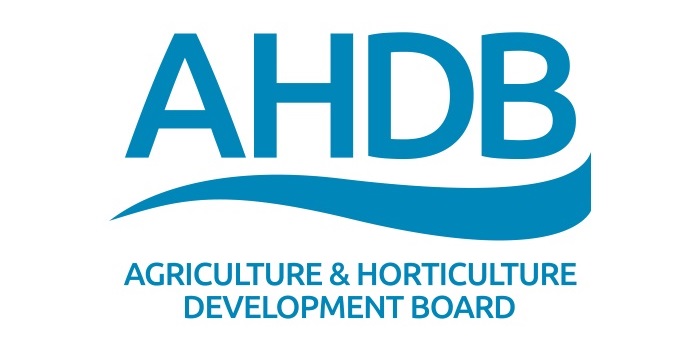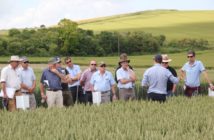The Principles of soil management guide lays down management foundations for any soil-based system. The Arable soil management: Cultivation and crop establishment publication focuses specifically on cereal, oilseed rape and potato production.
Designed to work alongside the guidance, the new Establishment approach assessment tool can indicate where a change to soil management is potentially beneficial.
Harry Henderson, a machinery expert at AHDB, said: “With wet conditions causing poor ground conditions, soils are at the forefront of our minds at present. However, soil management is a long-term game, with careful choices needed whatever the weather.
“With a new era in UK agriculture dawning, changes to regulation around the corner and production costs creeping up, these resources come at a particularly good time. They can help inform short-, medium- and long-term decisions to ensure farm business viability.”
Developed as part of the AHDB/BBRO Soil Biology and Soil Health Partnership, the Principles of soil management guide looks at soil formation and classification. It explores what makes a healthy soil, including the intricate web of relationships between physical, chemical and biological soil components.
Whether soil is light, medium or heavy, the guide outlines the most important things to consider and management actions. The guide also delves into common soil-related problems, highlighting risk factors, symptoms and solutions. Finally, the guidance covers soil assessment methods.
The Arable soil management: Cultivation and crop establishment guide shines a light on the factors that influence the need to cultivate or restructure soils. Produced by machinery expert Andy Newbold, cultivation specialist Philip Wright and NIAB CUF’s Mark Stalham, the guide covers all forms of tillage, from soil restructuring, to ploughing, to no-till.
Released alongside the guide, the new Establishment approach assessment tool asks users to score (1–10 scale) the influence of each of the following 10 factors within their fields: rainfall, soil type, management (requirements/capabilities), drainage, residues, cover and catch crops, trafficking, irrigation, weeds and pests. The total score produced can guide management and cultivation decisions.
Harry said: “When it comes to cultivation, there is no silver bullet. However, our assessment approach will get people thinking, spark conversations, show ways to increase soil resilience and identify where a reduction in tillage could potentially be beneficial.”
The guide also provides details on tillage equipment options and design, including associated pros and cons.
To access the new resources, as well as information on all our soil-related activity, visit ahdb.org.uk/greatsoils




